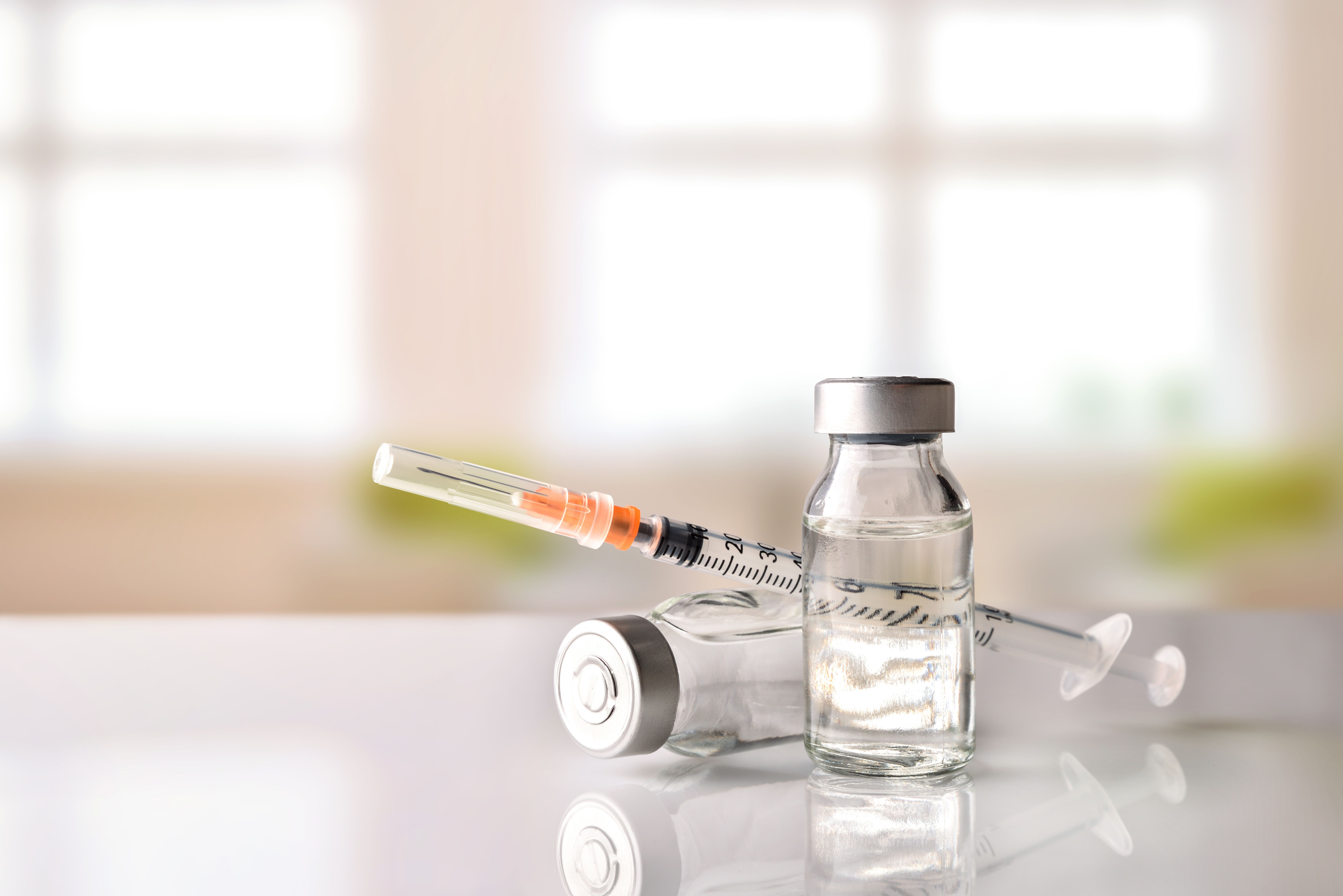News
Article
Pharmacist-Led Clinics May Improve Diabetes Care
Author(s):
A collaborative clinic could save more than $5000 per patient over 3 years.
Collaborative diabetes clinics may be an effective cost-saving solution that provides patients with optimal care, while driving down costs for the clinic, health system, and payer, a recent study found.
In 2012, diabetes cost the United States more than $245 billion. With new cases of diabetes growing each year, the associated healthcare costs are also increasing rapidly. Additionally, providers are facing new pressures to provide better patient care at a lower cost.
Researchers at the Skaggs School of Pharmacy and Pharmaceutical Sciences at the University of California, San Diego created a Diabetes Intensive Medical Management (DIMM) clinic to treat patients with complex cases of type 2 diabetes, while controlling costs.
According to a new study published by the Journal of Managed Care & Specialty Pharmacy, the investigators found that the DIMM clinic saved $5287 per patient over only 3 years.
The DIMM clinic is a collaboration between a pharmacist and endocrinologist, with additional help from pharmacy students. The team provides individualized medication therapy management and education in 1-hour visits that typically take place every other month.
"This is a good example of ‘team-based care’ — an approach that’s becoming more common in health care systems today," said lead researcher Jan Hirsch, PhD, professor and chair of the Division of Clinical Pharmacy in the Skaggs School of Pharmacy.
Included in the study were 99 DIMM patients and 56 patients with type 2 diabetes who visited their primary care physician an average of 2 times over 6 months, according to the study. All patients received care at the Veterans Affairs San Diego Healthcare System, and a majority were non-Hispanic. Patients were an average of 62-years-old in both groups.
The authors determined cost effectiveness of the DIMM clinic from the clinic, health system, and payer perspective at 6 months, 3 years, and 10 years.
Looking at the clinic’s perspective, the cost per patient reaching their treatment goal was between $115 and $164 over 6 months. From the perspective of the health system, $5287 would be avoided per patient after 3 years, compared with those treated by their primary care physician.
Overall, the investigators found that the savings total a return on investment of $9.01 for every $1 allocated to the DIMM clinic, according to the study.
For the payer, quality adjusted life years gained were more substantial among the patients treated at the DIMM clinic, and medical costs were lower over 2, 5, and 10 years, compared with those treated by primary care providers.
“No matter how we looked at the data, the cost for the DIMM clinic group was always lower, while their predicted Quality Adjusted Life Years were always higher,” Dr Hirsch said.
The investigators believe that the cost savings were attributed to better clinical outcomes for patients receiving care at the clinic, especially in terms of blood glucose levels, according to the study.
The researchers previously discovered that patients treated at the DIMM clinic reduced A1C levels by an average of 2.4% after 6 months, while other patients only achieved an 0.8% reduction. Patients treated at the clinic were also less likely to gain weight or experience low glucose levels compared with others.
The collaborative model is likely successful because patients and physicians can focus on diabetes management, healthy eating, exercise, and blood glucose levels that may not be discussed in traditional primary care visits, according to the study. The clinic allocates time to those issues, which allows patients to voice other health concerns during primary care visits.
“In addition to medication management, we’re also teaching lifelong skills for diabetes management that patients can continue doing long after they’ve completed 6 months with the clinic,” said researcher Candis Morello, PharmD, professor of clinical pharmacy and associate dean for student affairs in the Skaggs School of Pharmacy.
Although the results have been positive, patients were not randomly assigned to receive DIMM of primary care, and the patient population was fairly uniform, according to the study. To address these issues, the investigators would like to conduct a larger randomized study over a longer period of time, and include multiple clinics to get a better understanding of the benefits of the clinic.
The pharmacist-led DIMM clinic may be 1 of many created over the next few years, since pharmacists are being more integrated into care management for patients with certain diseases, including cancer.
Newly re-introduced legislation has made the case for pharmacists to provide care for elderly patients in communities where accessing a physician may be difficult. The popular bipartisan legislation aims to improve patient outcomes in rural areas where physicians are scarce.
“Pharmacists are no longer simply pill dispensers — they’re becoming a new type of primary health care provider,” Dr Hirsch concluded. “And as we found in this study, this new approach may help us improve health care on many fronts.”
Newsletter
Stay informed on drug updates, treatment guidelines, and pharmacy practice trends—subscribe to Pharmacy Times for weekly clinical insights.






